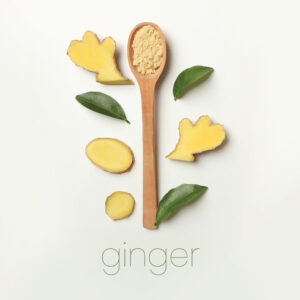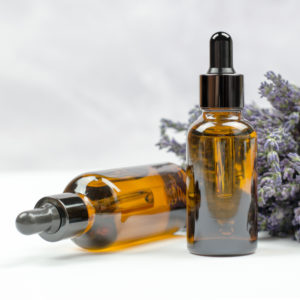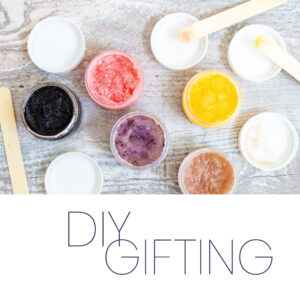
Warming Spices & Winter Tea Recipe
Warming spices are a wonderful addition to winter teas, offering comfort, flavor, and health benefits. Spices like cinnamon, ginger, and cardamom have

Aromatherapy can be one of the most powerful ways to change your mood and well-being. Finding an essential oil you respond to may require a little detective work. However, the first step is knowing a few oils that have shown to be helpful, which I have listed below.
A Little Essential Oil Physiology
The brain has a complex limbic system, composed of a bundle of nerves responsible for a few things, including emotions and moods.
The amygdala is part of the limbic system that processes the memory of emotional reactions. The amygdala stores information concerning emotional events, which comes into play with aromatherapy. This is why smells can trigger either a positive or negative memory.
1. Aromatherapy
I love diffusing oils and begin each day by placing 3 to 4 drops of one oil or an oil blend in my diffuser.
How does this work?
Once you have filled your diffuser and set it on, the room will immediately become fragrant. When you inhale the scent, the molecules in the oils will attach to olfactory receptors in the nose and send a message via the olfactory nerves to the limbic system for processing. At this point, neurotransmitters will be released to create a sense of relaxation and well-being.
2. Topically
You may apply the oil directly to the skin ( diluting with a carrier oil is advised), and as we mentioned before, the oils are small and will immediately be absorbed.
Lavender, Ylang Ylang, Vetiver, Clary Sage, Sandalwood
Lavender
The queen oil is known for supporting stressful situations and sleep, irritability and general nervous irritability.
Ylang Ylang
Ylang-ylang will help soothe fearfulness and promote courage.
Vetiver
Vetiver brings a reassuring energy and is good to use when giving a presentation or if there is some emotional or physical trauma. It’s often used in disruptive behaviour, like a temper tantrum, but again, I like prevention, so if you have a child prone to tantrums, create a blend to help group them and the minute you sense that moment arising, rub some at the back of their neck. It will bring a self-awareness and calmness that will help stabilize their mood.
Clary Sage
Clary sage is a perfect oil to support emotional stress and mood swings. It has a floral scent that blends very well with wild orange, bergamot and sandalwood oils.
Sandalwood
The wood oils are known to be grounding, and the sandalwood is no different. It has a sweet, warm, rich scent that is commonly used as incense for meditation.
Citrus oils: wild orange, grapefruit, lemon, bergamot, lavender, peppermint, rosemary.
I begin doing one of three things each morning, depending on how much time I have.
My typical morning blend is peppermint and wild orange.
I purchase my oils from a few places; however, many times from Fullscript.
xx
dr. heather
ps if you want to learn more about mood and the vagus nerve, journey to this article, Food, Mood, and the Vagus Nerve

Warming spices are a wonderful addition to winter teas, offering comfort, flavor, and health benefits. Spices like cinnamon, ginger, and cardamom have

Tips to Keep the Holiday Season Joyful The holiday season is a joyful time, but it can also bring stress, overindulgence, and

The holiday season is a wonderful time for kids to get creative and make heartfelt gifts for family and friends. Handmade presents
You have successfully joined our subscriber list.
